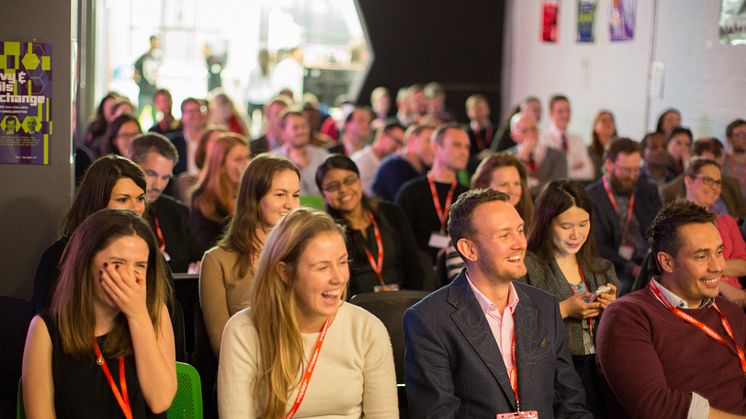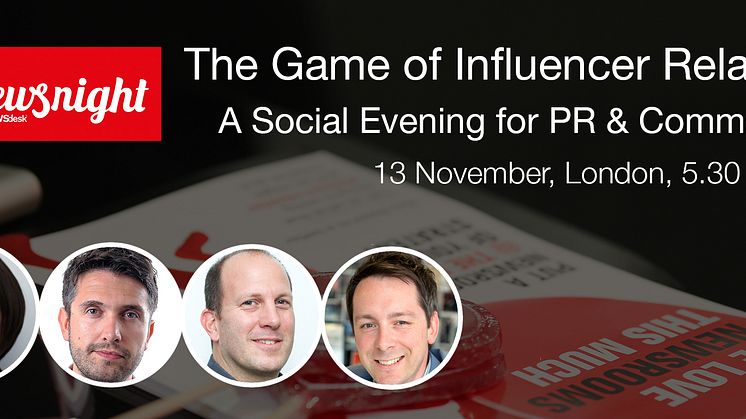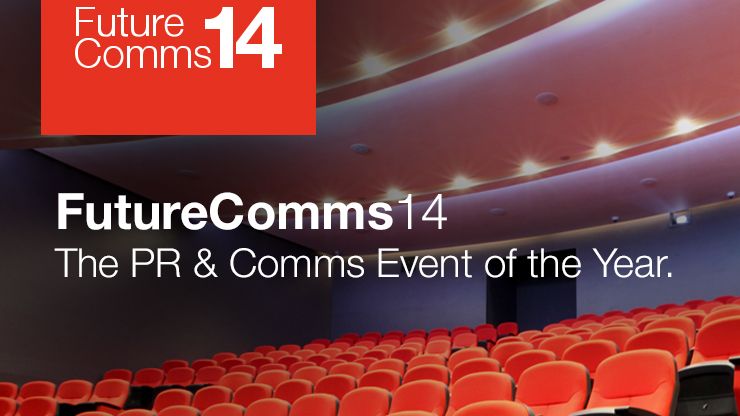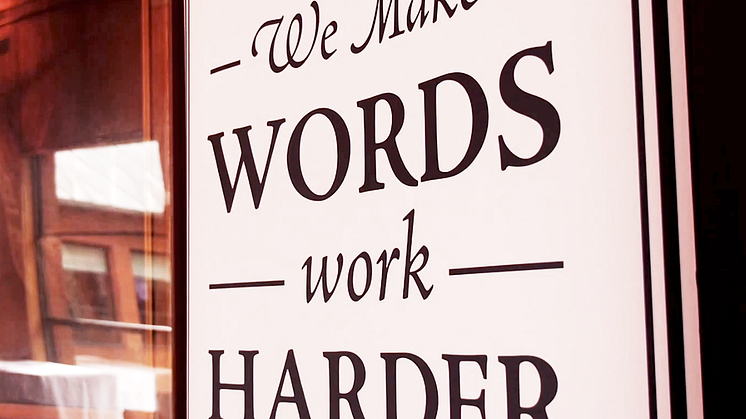
Blog post -
How to get influencers and keep them: the best tips from four experts
If you can’t tell a good story, you’re in the wrong profession
As Dale Carnegie said in his 1936 book How to Win Friends and Influence People, “When dealing with people, let us remember we are not dealing with creatures of logic. We are dealing with creatures of emotion, creatures bristling with prejudices and motivated by pride and vanity.”
Therefore, if you want to be a successful PR professional fundamentally you must learn how to be a good storyteller.
Michael Gonzalez said when he meets organisations for the first time the question organisations find hardest to answer is “tell me something interesting about your company”.
His advice was for organisations to be less self centred. “There is too much of a tendency to think about what they do and why it’s important. You need to think of a broader audience - what’s interesting to one group won’t be interesting to another. You need to find the storytellers within your organisation.”
When questioned by a member of the audience about how insurance companies, or businesses which are not seen to be very interesting, could create inspiring stories, Alex Myers once again summed up the power of emotion:
“Insurance needs to sell stories and emotions, not percentages. We don’t hear enough about people in flood regions, burglaries and how you have helped out. The houses that people protect with insurance are the places where they’ve slept on the floor for six months while renovating it to look exactly like their dream home. The coffee table is the place they’ve danced on until 6am when they threw a housewarming party. We don’t hear enough about how you’ve helped out people in flood regions or those who have been affected by burglaries, we just hear about rates and percentages.”
Putting the Public back in PR
It’s not Press Relations.
Everyone has a different interpretation of what an influencer is - politicians, journalists, bloggers, consumers, brand advocates, academics...the list is endless.
Michael said PR traditionally works on a short term or campaign basis, where professionals expect coverage to appear in the next few hours, days, weeks or month. However, we must now start to think long term and experiment with different ways in engaging with those we deem to be influential and important to our organisation.
Adam Cranfield suggested that once you finally get over the hurdle of getting an influencer to do something for your organisation, it will be easier for them to do it time and again. He said this is something known as the Benjamin Franklin Effect - “He that has once done you a kindness will be more ready to do you another than he whom you yourself have obliged.”
Which leads nicely onto the next point...
Paying for influence
When questioned about whether the panel would advocate paying for influencers Alex Myers came out with the best line of the evening - “Paying for influence is like paying for sex. Those that need to pay for influence are probably not engaging enough to get it for free.”
Sarah Marshall of the Wall Street Journal said it is the policy of the publication that no journalist is allowed to accept anything of a greater value than £25 or what they can consume within one sitting.
However, organisations such as Vice are open when they have paid an influencer for comment. There is a grey area in that for some it is ok to pay so long as both parties are openly transparent about the arrangement.
Turning your consumers into influencers
By far the best case study of the evening was Manifest London and their work with Brewdog. The craft beer company started with 6 guys and their dog, and a passion for beer.
Rather than pay for any above the line advertising, Brewdog enlisted Manifest to create a movement of like-minded people who were also fed up of being served poor quality beer. They have now grown into a £50m+ business.
They then offered these people the chance to be a part of the first ever crowd sourced beer. The public was allowed to vote on everything, from what type of hops were used, how long it was aged for, what barrels were used when it was maturing to the design of the labels. For the last three years this beer has sold out almost as soon as it became available.
When it was time for investment, Brewdog once again turned to their consumers and offered them the chance to own shares in their business. With a minimum stake of £95, 14,000 consumers bought shares which have since quadrupled in value. Their consumers now have a vested interest in the success of Brewdog and are influential in the business as a whole.
Tips for engaging with journalists on social media
Sarah Marshall gave her top tips for building relationships with journalists on social media
- Put your name in the bio of the organisation’s Twitter account you manage so journos can track down relevant contact
- Upload Creative Commons images to Flickr and have a media section on your site with an image library
- Build relationships and join the conversation on social media - RT journalists’ stories and @ mention them “We all want to be indulged”
- Avoid attachments and PDFs - tailor your pitch, short email is best
- Be targeted in your approach - she receives hundreds of irrelevant emails every day
- Some journalists and bloggers are short of stories at Christmas
- Remember, it’s not all about text-based stories. Videos and images can work well too.
This post was written based on Mynewsnight: The Game of Influencer Relations event held on 13th of November at Skills Matter, Barbican. Around 100 comms professionals gathered to listen presentations on influencer relations by Adam Cranfield, Sarah Marshall, Alex Myers and Michael Gonzalez.
Watch the videos and pictures of the sessions below:
Want to comment?
Have your say below or give us a shout on Twitter




